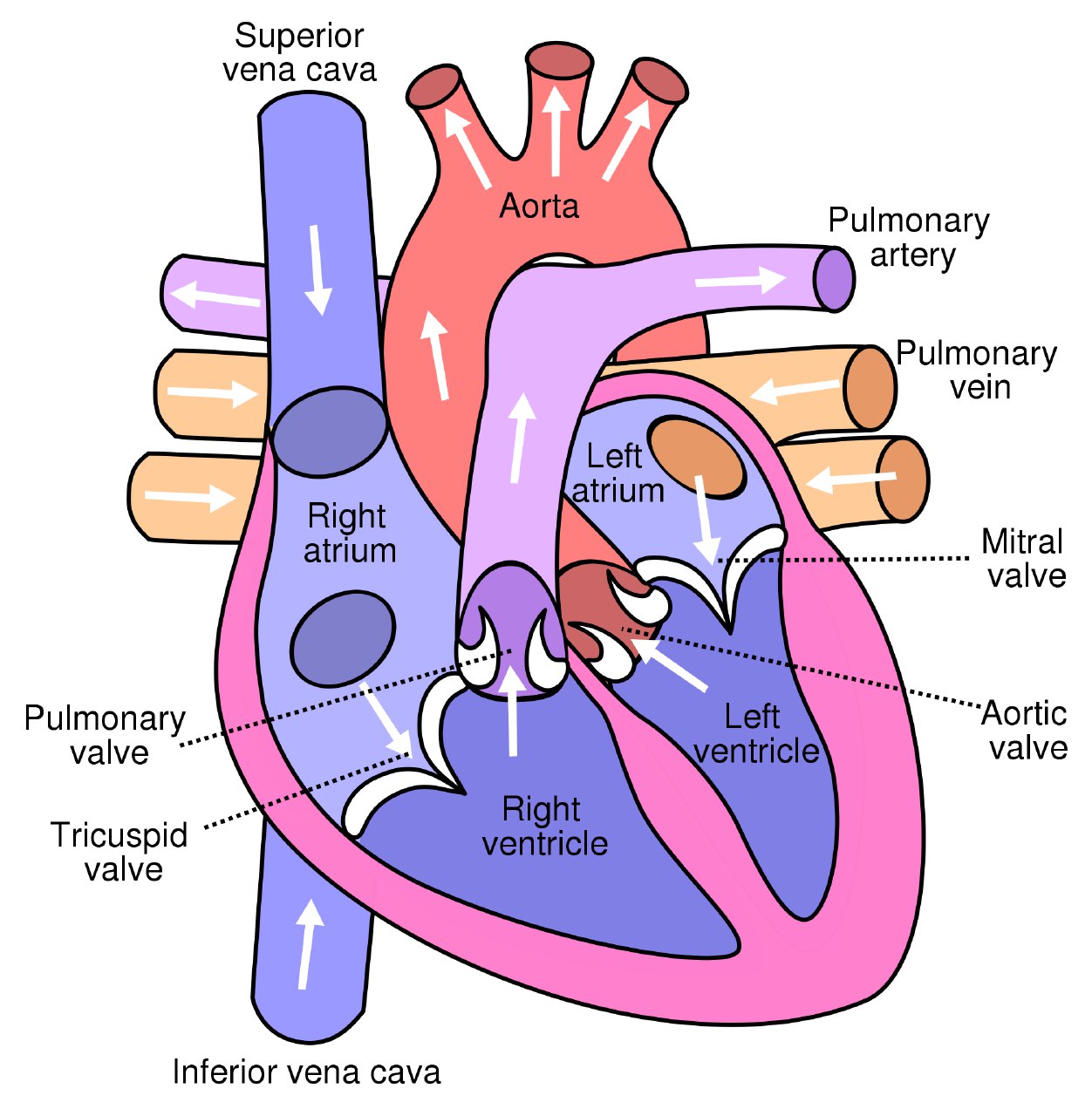Have you ever heard about congestive heart failure and know what it entails?
As a nurse it’s important to understand congestive heart failure, the causes and how to help your patients diagnosed with congestive heart failure.
This article will help you review what congestive heart failure is and all you need to know. Buckle your seatbelt and let’s begin!
What is Congestive Heart Failure?
Congestive heart failure or heart failure, is a chronic condition where the heart can not pump blood to meet up with the demand of the body’s requirements. The heart is still working but not in a stable condition.
The heart fails to pump blood around the body and leads to accumulation of blood. This blood accumulates in the heart, liver, kidney etc.
Though it’s termed congestive heart failure ( CHF), it’s quite a misleading term. Most patients with CHF hardly have systemic or pulmonary congestion.
Rather heart failure indicates a problem with the heart’s contraction (systolic dysfunction) or filling of the heart ( diastolic dysfunction) and may or may not cause pulmonary ( lung) congestion or systemic ( body) congestion.
Causes of Heart Failure
- Heart inflammation
- Hypertension
- Cardiomyopathy ( disease of the myocardium)
- Valvular heart disease
- Coronary artery disease
Classification Of Heart Failure
Heart failure doesn’t only occur on one side of the heart. The heart is a singular unit so if one side of the heart is affected , the other side is affected as well.
So, let’s dive deeper and learn the classification of heart failure because each has their own significant clinical manifestations.

Diagram of the heart.
Source © wikimedia,Goggle
Note: Left- sided heart failure is the most common type of heart failure
Left-sided Heart Failure:
The inability of the left ventricle to pump sufficient blood to meet the needs of the tissues for perfusion. The left-side of the heart pumps blood to the body through the aorta.
When this side of the heart has difficulty pumping blood to the body, there are two things that occur
- Backward failure: Blood returns back to the lungs through the pulmonary veins.
- Forward failure: Failure of the heart to pump blood to the blood to meet the body’s demand.
Clinical Manifestations Of Left-sided Heart Failure
- Nasal flaring ( nostrils widen while breathing)
- Dyspnea or shortness of breath
- Frothy sputum – indicates pulmonary congestion
- Oliguria ( reduced urine output)
- Rapid and irregular pulse
- Orthopnea ( difficulty breathing when lying flat)
- Paroxysmal nocturnal dyspnea ( sudden attacks of orthopnea in the night)
Right-sided Heart Failure:
The inability of the right ventricle to fill or pump sufficient blood for pulmonary (lung) circulation. When the right ventricle is unable to pump blood.
Congestion of the viscera and peripheral tissues predominates. The liver, spleen and kidney are the first organs affected.
Clinical Manifestations of Right-sided Heart Failure
- Abdominal pain
- Distended jugular veins
- Weakness
- Ascites ( excess fluid in the peritoneal cavity)
- Hepatomegaly ( liver enlargement)
- Edema of the lower extremities
- Cardiomegaly ( enlargement of the heart)
Note: Heart failure causes vascular congestion, hence the term congestion. But it’s no longer in use but rather called chronic heart failure, cardiac insufficiency and ventricular failure.
Do you want to know the nursing management for a patient with heart failure?
See my Congestive Heart Failure care plans here.
Sharing is caring! Share this article with your nursing buddies!!
Sources
Hinkle, J. L., & Cheever, K. H. (2022). Brunner & Suddarth’s textbook of medical-surgical nursing. 15th edition. Philadelphia, PA: Wolters Kluwer Health.
Moorhouse, M. F., & Moor, A. C. (2019). Nursing care plans: guidelines for individualizing client care across the life span. Philadelphia, PA: F.A. Davis Company.
Nurse Together. https://www.nursetogether.com/heart-failure-nursing-diagnosis-care-plan
Saunders, N. K. (2023). Saunders NCLEX-RN Comprehensive Review (7th ed.). Elsevier.
